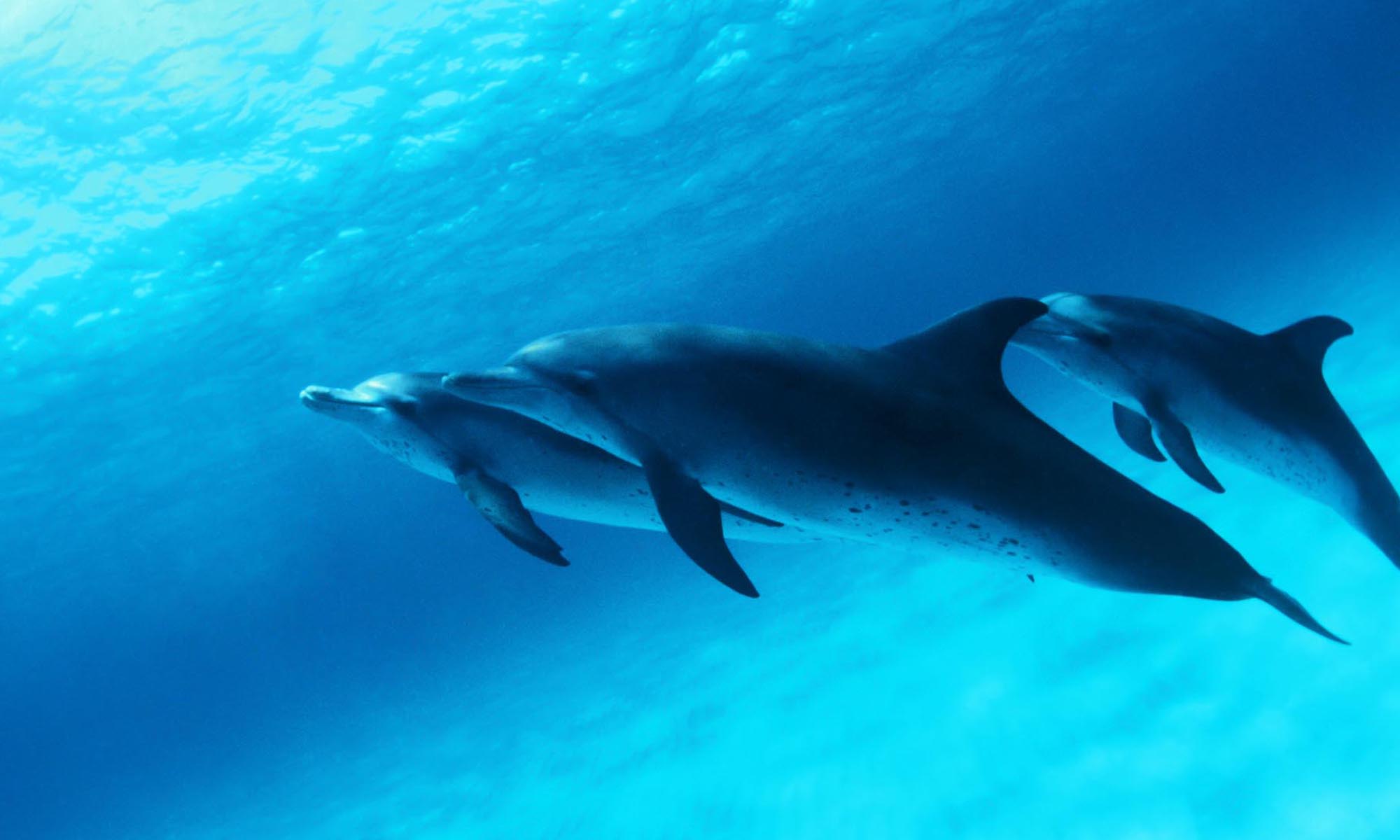Shortly after the new regulatory definition of “habitat” went into effect, the agencies that promulgated it (the Fish and Wildlife Service (FWS) and National Marine Fisheries Service (NMFS)) have rescinded it.
The Endangered Species Act (ESA) has been described as “the most comprehensive legislation for the preservation of endangered species ever enacted by any nation.” Tennessee Valley Authority v. Hill, 437 U.S. 153, 180 (1978). One of the ways it purports to do so is through the designation and protection of “critical habitat.” The Secretaries of the Interior (FWS) and Commerce (NMFS) designate “critical habitat” for threatened and endangered species. 16 U.S.C. § 1533(a)(3)(A)(i). Once “critical habitat” is designated, the ESA requires federal agencies to ensure that none of their activities (such as granting permits) will “result in the destruction or adverse modification” of the “critical habitat.” 16 U.S.C. § 1536(a)(2).
The term “critical habitat” is defined by the ESA itself, 16 U.S.C. § 1532(5)(A), but the broader term “habitat,” is not. This may seem insignificant, but the difference between “critical habitat” and “habitat” became—one might say, critical—in the Supreme Court’s 2018 opinion Weyerhaeuser Co. v. U.S. FWS, 139 S. Ct. 361 (2018). There, the Supreme Court held that an area cannot be designated a “critical habitat” unless it is also a “habitat,” which does not have a statutory definition. Id. at 368-369. The Supreme Court commented that “the statutory definition of ‘critical habitat’ tells us what makes habitat ‘critical,’ not what makes it ‘habitat.’” Id. at 368. The case, however, did not address what is or should qualify as “habitat.”
In response to this decision, FWS and NMFS promulgated the following regulatory definition of “habitat”: “For the purposes of designating critical habitat only, habitat is the abiotic and biotic setting that currently or periodically contains the resources and conditions necessary to support one or more life processes of a species.” 50 C.F.R. § 424.02. The “habitat definition rule” was published on December 16, 2020 became effective on January 15, 2021.
Then came a change in administration and an about-face on the “habitat definition rule.” On January 20, 2021 President Biden issued an Executive Order that required agencies to review federal regulations and actions taken between January 20, 2017 and January 20, 2021 (i.e., during the Trump administration) to determine their consistency with the Biden administration’s policy considerations.
Following that review, the agencies (FWS and NMFS) decided to rescind their own “habitat definition rule.” 87 FR 37757. They noted that the regulatory definition was unclear, confusing, and inconsistent with the conservation purposes of the ESA. Id. The agencies’ main criticism of their own previous rule is that it prevented the designation of areas that did not currently meet a species’ needs, even if the area could in the future do so due to natural processes or reasonable restoration. Id. at 37758. Rather than replace it with a different definition of “habitat,” however, the agencies determined that there should not be a single regulatory definition and that the determination should be made on a case by case basis. Id. at 37759.
The agencies gave a somewhat dissatisfying acknowledgement to the Weyerhaeuser case that set off this regulatory whiplash: “[W]e recognize the importance of the Supreme Court’s ruling in Weyerhaeuser and intend to designate as critical habitat only areas that are habitat for the given listed species.” Id. In other words, while the agencies now claim that it is impossible for them to define “habitat,” they apparently know it when they see it.
Seem clear as mud? We would not be surprised if there is future litigation regarding what constitutes “habitat,” now that the Supreme Court has made it clear that falling within the statutory definition of “critical habitat” is not sufficient and there is not currently a case law, statutory, or regulatory definition of “habitat.”
